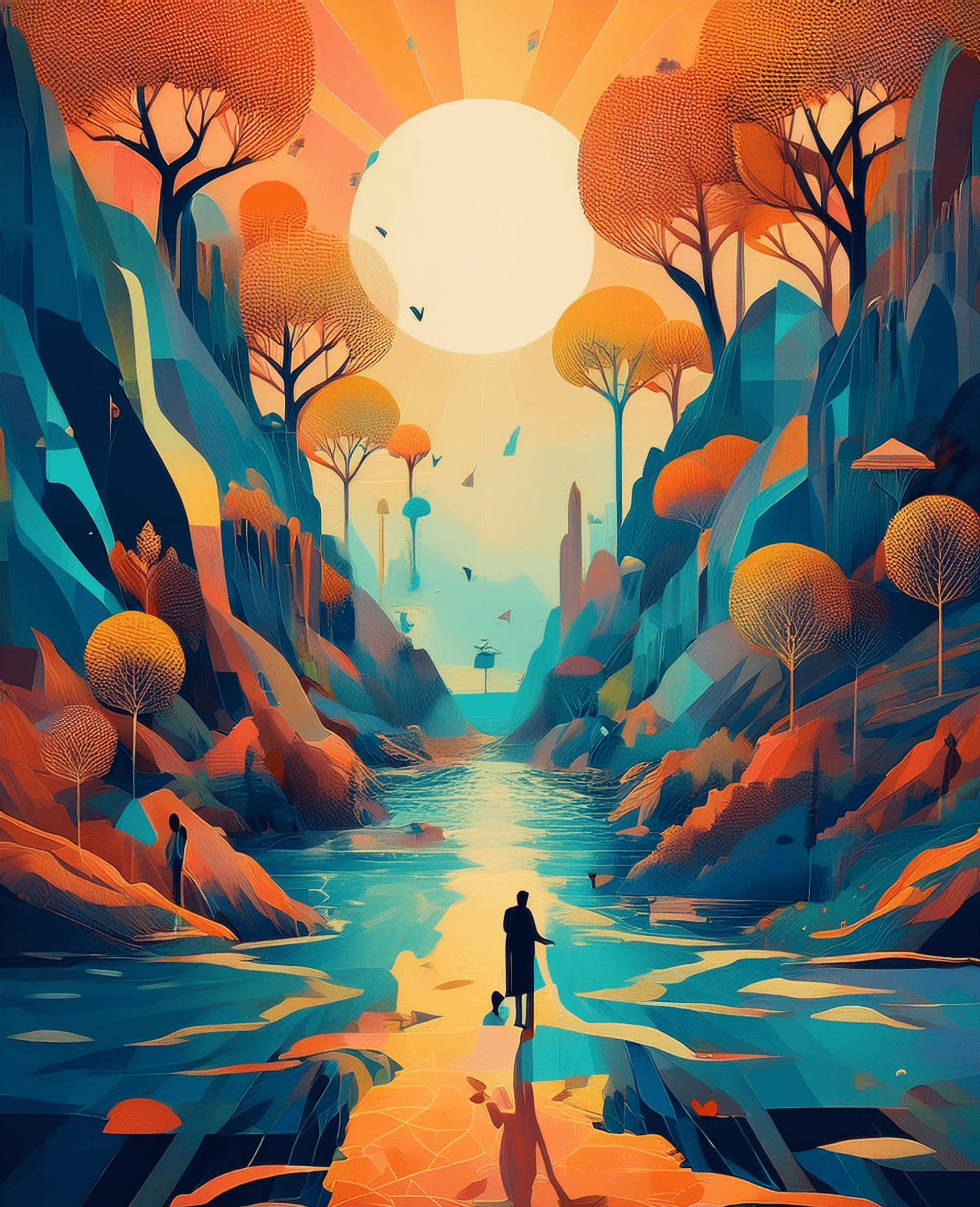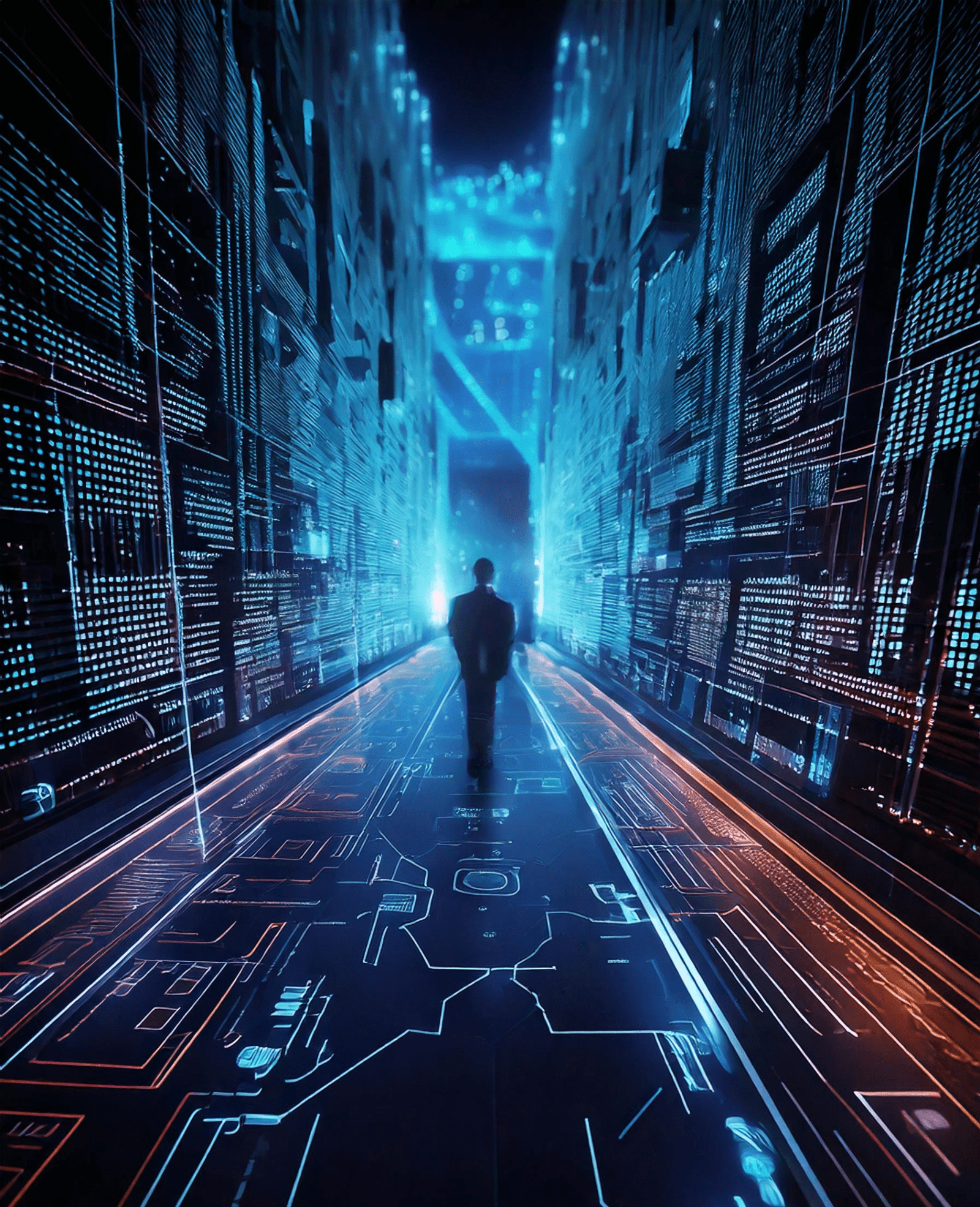Design trends are more than fleeting aesthetics; they are reflections of cultural shifts, technological advancements, and evolving societal values. Tracing the evolution of these trends offers a fascinating glimpse into how creativity adapts to the times while influencing our visual and functional environments. From the bold geometries of the Bauhaus movement to today’s immersive digital experiences, design trends continue to shape how we interact with the world.
The Foundations: Design as Cultural Expression
Design has always been a mirror of its cultural context. The minimalist elegance of Scandinavian design, for instance, reflects a culture that values simplicity and functionality. Similarly, the vibrant colors and patterns of the 1960s echoed the era’s countercultural movements.
Understanding these foundations is key to appreciating how trends evolve. Each trend carries the imprint of its time, influenced by art, technology, and societal needs. For example, Art Deco in the 1920s celebrated modernity and luxury, while postmodernism in the 1980s challenged traditional norms with playful, eclectic forms.
Technology: A Catalyst for Change
Technology has been a driving force behind many design evolutions. The advent of digital tools in the late 20th century revolutionized graphic design, enabling precision and creativity that were previously unimaginable. Today, advancements like artificial intelligence and virtual reality are pushing boundaries even further.
AI-driven tools such as Adobe’s Sensei or Canva’s Magic Design allow creators to generate layouts, palettes, and prototypes in seconds. Meanwhile, VR and AR technologies are transforming spatial design, enabling immersive environments that merge the physical and digital worlds.
These technological innovations are not only tools but also trendsetters, redefining what is possible in design and influencing how trends are adopted globally.
Sustainability: Designing for the Planet
In recent years, sustainability has emerged as a dominant design trend. This shift reflects growing awareness of environmental challenges and a collective commitment to responsible practices. Designers are now prioritizing materials, processes, and products that minimize ecological impact.
From using recycled materials in furniture design to developing zero-waste packaging solutions, sustainability has reshaped industries. Tools like Tally and circular design platforms empower creators to assess and reduce the environmental footprint of their work, ensuring design aligns with the principles of longevity and responsibility.
Inclusivity: Broadening the Scope of Design
Modern design trends are increasingly inclusive, reflecting diverse perspectives and needs. Accessibility features, gender-neutral aesthetics, and culturally informed designs are becoming integral to the creative process.
For example, web and app design now prioritize inclusivity through features like voice control and screen readers, ensuring usability for people with disabilities. In fashion, the rise of adaptive clothing demonstrates a commitment to designing for all body types and abilities. This inclusivity fosters connection and relevance, making design more meaningful and impactful.
Digital Aesthetics: The New Frontier
As digital platforms dominate, trends like 3D visuals, neon gradients, and dark mode interfaces have gained prominence. These aesthetics not only enhance user engagement but also reflect the digital-first nature of modern life.
Micro-interactions and motion design have also become integral to user experience (UX) design. These subtle animations create intuitive, delightful interactions, bridging functionality and artistry. Digital design trends are fast-evolving, driven by user expectations and technological capabilities, making them a crucial area of exploration for contemporary designers.
The Future: Anticipating the Next Wave
Predicting the next design trend involves understanding current shifts and emerging technologies. As we look ahead, several possibilities stand out:
- Biophilic Design: Integrating natural elements into built environments to promote well-being.
- Minimalism with a Twist: Balancing simplicity with bold, unexpected details.
- AI-Generated Art: Merging machine precision with human creativity for unique outcomes.
These trends point to a future where design becomes even more adaptive, responsive, and personalized, continuing its journey of evolution.
Conclusion: A Living Legacy
The evolution of design trends is a testament to the adaptability and ingenuity of human creativity. Each trend, whether rooted in cultural expression, technological innovation, or societal values, contributes to a larger narrative of progress. By exploring these trends, we not only honor their history but also gain insights into shaping the designs of tomorrow. As designers and consumers, understanding this evolution empowers us to create and appreciate works that are both timeless and transformative.




